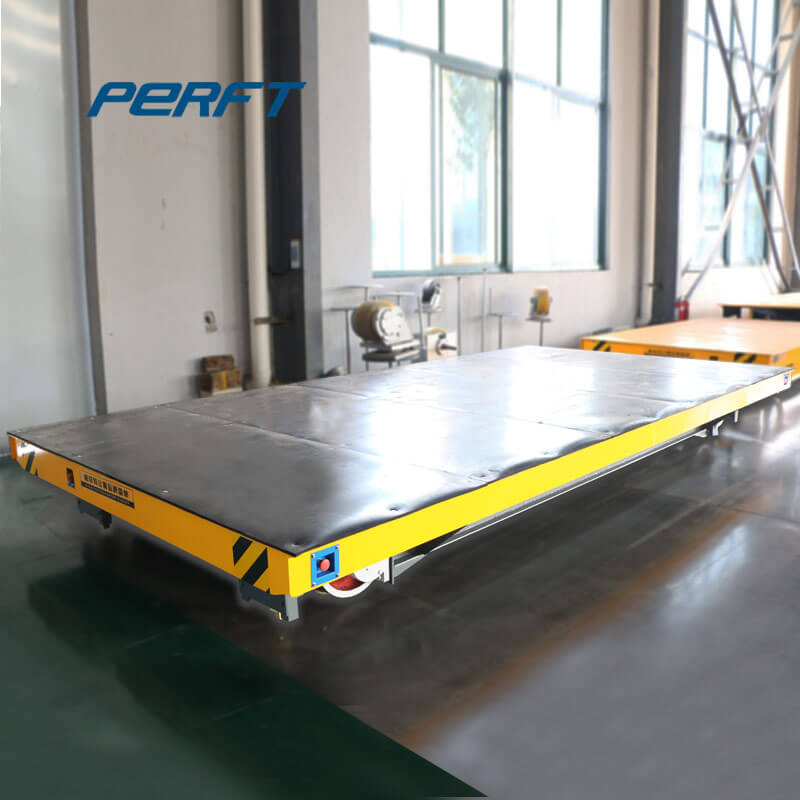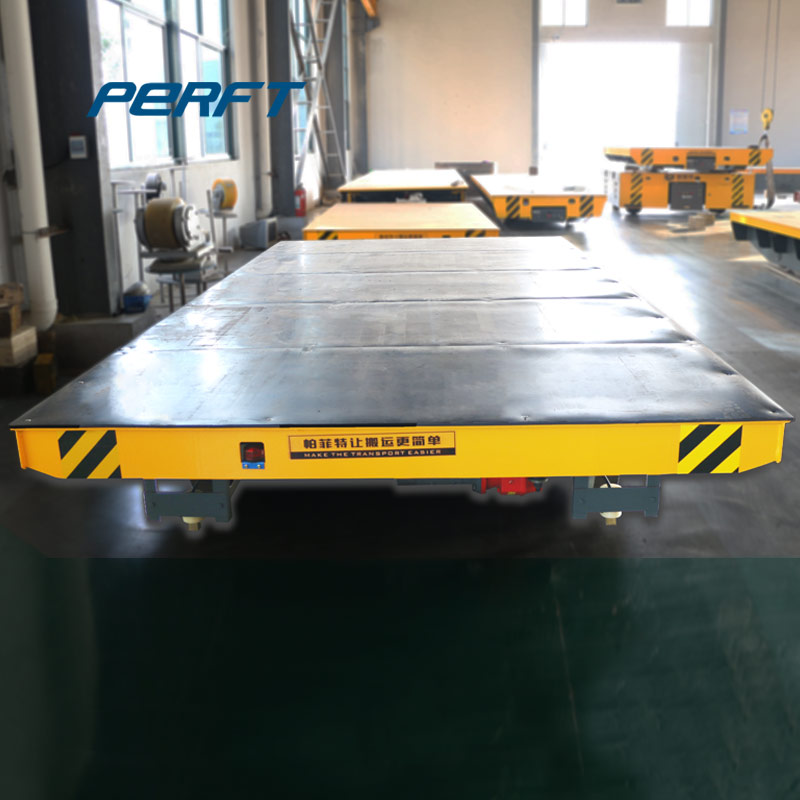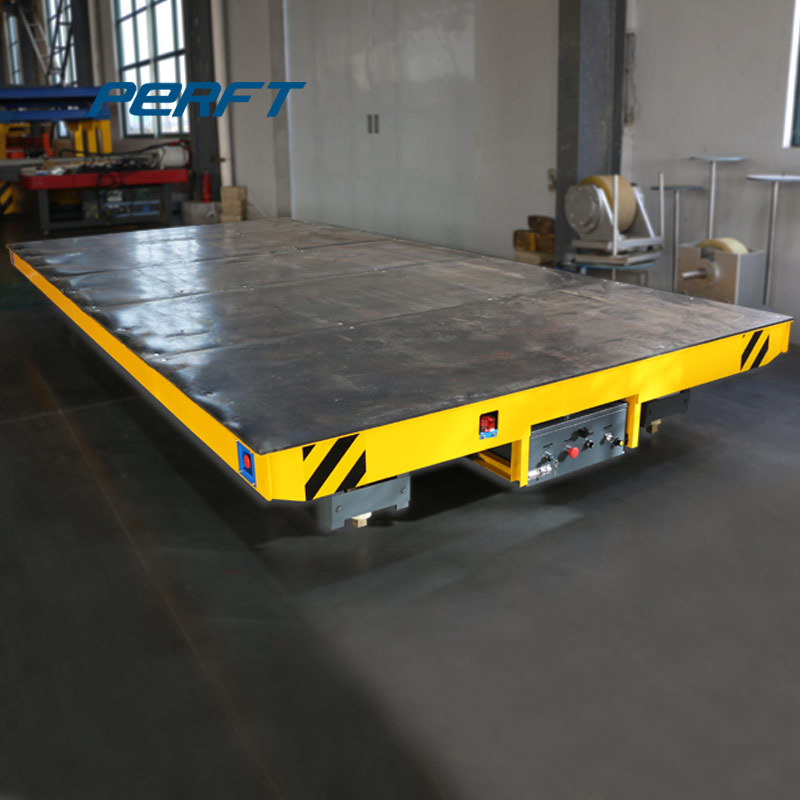


.jpg)
.jpg)
.jpg)
.jpg)
.jpg)
.jpg)
.jpg)
.jpg)
.jpg)
.jpg)
.jpg)
.jpg)
.jpg)
.jpg)
.jpg)
.jpg)
.jpg)
.jpg)
.jpg)
.jpg)
.jpg)
.jpg)
.jpg)
.jpg)
.jpg)
.jpg)
.jpg)
.jpg)
.jpg)
.jpg)
.jpg)
.jpg)
.jpg)
.jpg)
.jpg)
.jpg)
.jpg)
.jpg)
.jpg)
.jpg)
.jpg)
.jpg)
.jpg)
.jpg)
.jpg)
.jpg)
.jpg)
.jpg)
.jpg)
.jpg)
.jpg)
.jpg)
.jpg)
.jpg)
.jpg)
.jpg)
.jpg)
.jpg)
.jpg)
.jpg)
.jpg)
.jpg)
.jpg)
.jpg)
.jpg)
.jpg)
.jpg)
.jpg)
.jpg)
.jpg)
.jpg)
.jpg)
.jpg)
.jpg)
.jpg)
.jpg)
.jpg)
.jpg)
.jpg)
.jpg)
.jpg)
.jpg)
.jpg)
.jpg)
.jpg)
.jpg)
.jpg)
.jpg)
.jpg)
.jpg)
.jpg)
.jpg)
.jpg)
.jpg)
.jpg)
.jpg)
.jpg)
.jpg)
.jpg)
.jpg)
Feb 04, 2022 · You can ship a car by train in limited circumstances. The only option to ship a car by train is with Amtrak on a single route that runs from the Washington, DC area to Sanford, Florida (or the reverse). Although rail cars ship automobiles, almost all American railroad franchises cater exclusively to commercial entities (e.g., car dealerships).
Aug 20, 2019 · This isn’t a major concern for most movers, but if you’re looking to transport a car by rail that is rare, antique, valuable, or otherwise better suited to a bit of extra protection, opt for enclosed transport. Cost to Transport a Car by Train. Shipping a car by train is an affordable alternative to other car shipping methods.
On an average, you can expect to spend a minimum of $8,000-$10,000 if a car is 1 to 2 hours from the final destination. And a minimum of $15,000-$25,000 if the car is further away. Shipping is the responsibility of the buyer and we do have several qualified companies we can recommend to assist in the shipping process.
liquids are pumped through a pipeline to a rail tank car. Dry bulk commodities may use gravity, pneus, or a mechanical means to transfer from one mode to another. Forklifts, cranes, and other lifting equipment may be used for other commodities. The loaded rail car will be spotted for pick up by a railroad carrier.
Feb 20, 2022 · Flat Cars (Trains) Flatcars are the very type ever employed by the railroad industry. Indeed, it sounds rather outlandish but is basically the truth. The car also predates common-carrier railroads themselves by first being used in the mid-1820s to haulPerfect stones in New England. This was followed shortly thereafter by the Granite Railway of
1. Not in focus, market size - 1,250 bn ton kom in 2017 2. Estimated range of 600,000 - 1,400.000 trucks 3. Stagnation of rail modal share (since 2004) continues Source: Eurostat, OICD 6. Growth 2018 – 2030 according to OECD Additional 570bn ton-km will be transported on road in 2030 assuming constant modal shares
Aug 15, 2014 · There are two distinct designations in carrying capacity for mill gondolas. Gondolas are classified as 100 ton or 263,000 gross weight on rail and 110 ton or 286,000 gross weight on rail capacity. The designation of gross weight on rail is the maximum capacity the railroads will accept on their rail.
• 6.6 acres (2.7 hectares), 5-acre yard and 8-acre rail yard • Bulk soda ash handling and storage • 3 million tons per year Draft alongside: 410, 411: 41 ft (12.5 m) Berths 401, 408 International Raw Materials liquid bulk facility • 6.3 acres (2.5 hectares) • Liquid bulk cargo handling and storage
Mar 29, 2017 · On this basis, barges emit 15.6 tons of C02, while railroads emit 21.2 tons of C02 (30 percent more than barge transportation). Trucks generate 154.2 tons or 10 times more emissions than barges
Railroad Rail (6) Rail Car Movers (143) Max Tran auto weight transfer system heater package ... 200,000+ Metric Tons Monthly R65 and R50 Rail
If you’re looking for a railway freight calculator, need something shipped by train or aren’t sure, contact one of our truckload or intermodal rail freight experts today at 800.716.7608, or fill out the quote form on the right. Let's Get Started. Compare Shipping Rates in an Instant.
Jul 21, 2021 · Greenhouse Gas Emissions from a Typical Passenger Vehicle (PDF) (5 pp, 507 K, EPA-420-F-18-008. March 2018, About PDF) A typical passenger vehicle emits about 4.6 metric tons of carbon dioxide per year. This number can vary based on a vehicle’s fuel, fuel economy, and the number of miles driven per year. Click on the questions below to learn
Rail transfer cart is an efficient material transporting cart powered by the rails, and the rails need to be insulated. We manufacture transfer carts with capacities ranging from 2 tons to over 150 tons, commonly used in machine shops, warehouses, metallurgical plants to move heavy loads throughout the facility or between crane bays.
Reporting Mark and Number — the alphabetic initial stenciled on the sides and ends of every freight car to identify the railroad or private car line that owns the car. Reporting marks are assigned by the Association of American Railroads and are typically 3 or 4 letters ending with an X (for non-railroad -owned cars), followed by 1 -6
The most commonly used calculation in the US domestic LCL markets of Hawaii, Alaska and Puerto Rico is the greater of 100 pounds or 1 cubic foot, and in the Caribbean LCL market is the greater of 2,000 pounds or 40 cubic feet. Metric Ton, Short Ton and Long Ton values are used as the basis of breakbulk ocean cargo freight calculations.